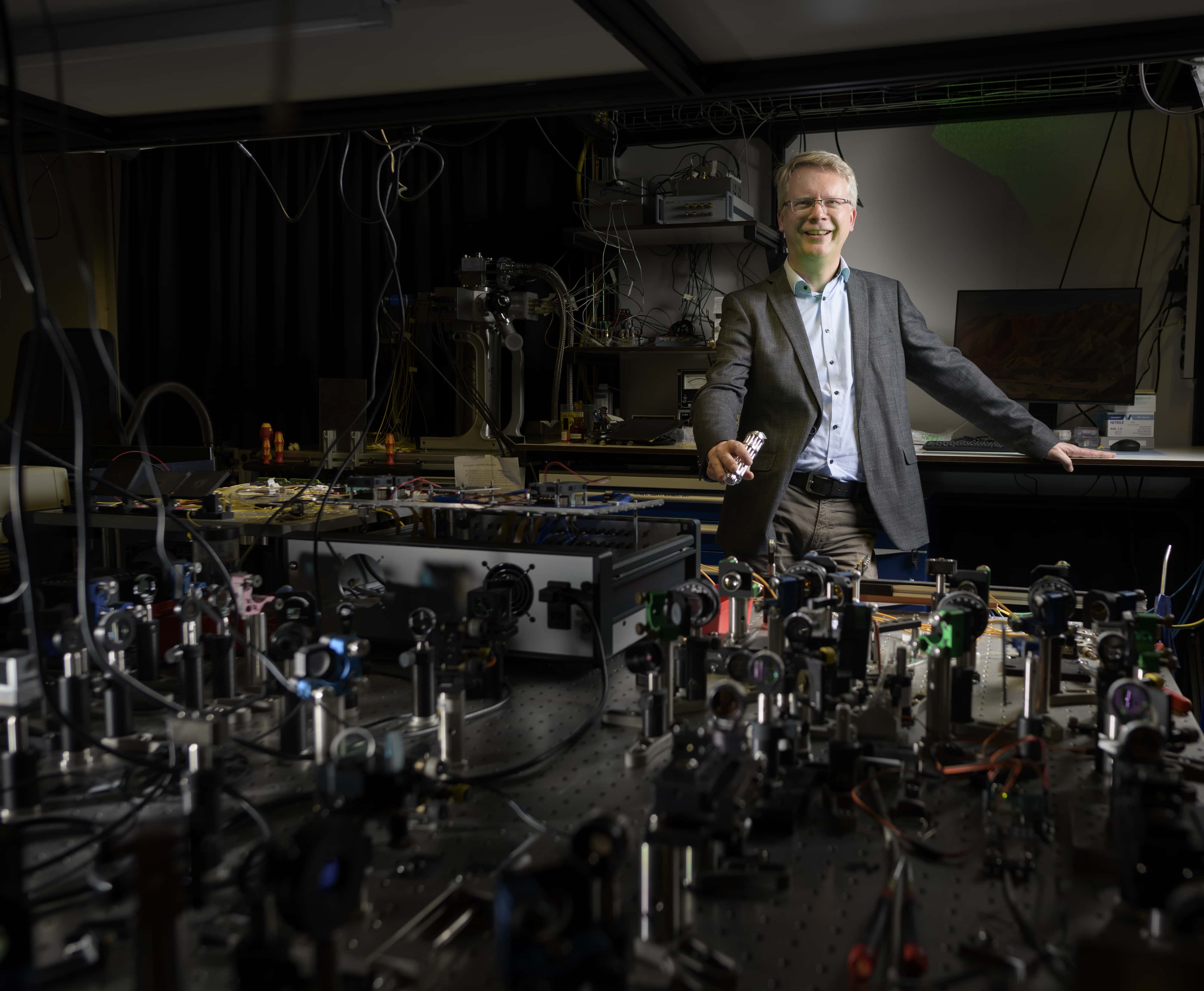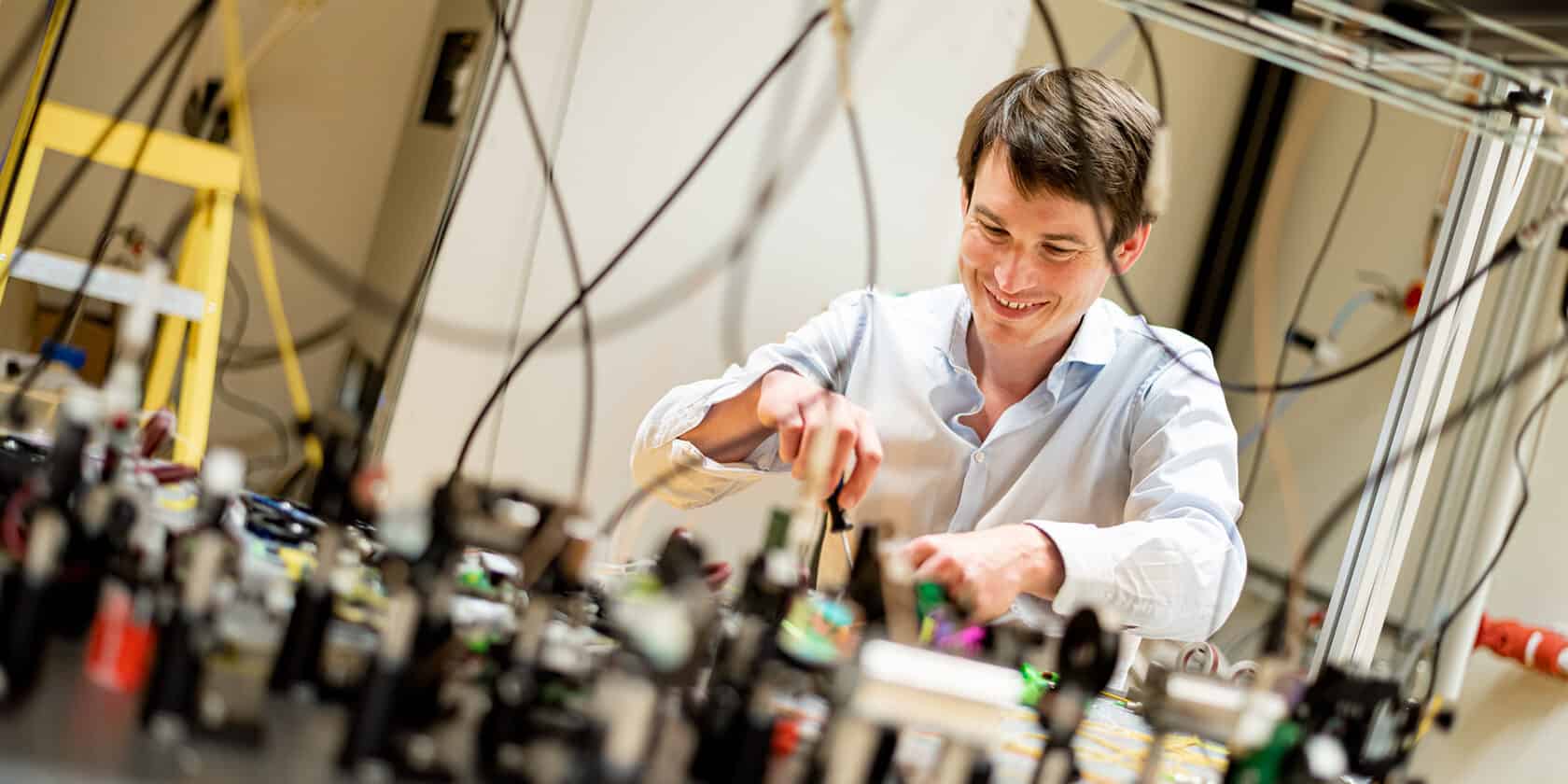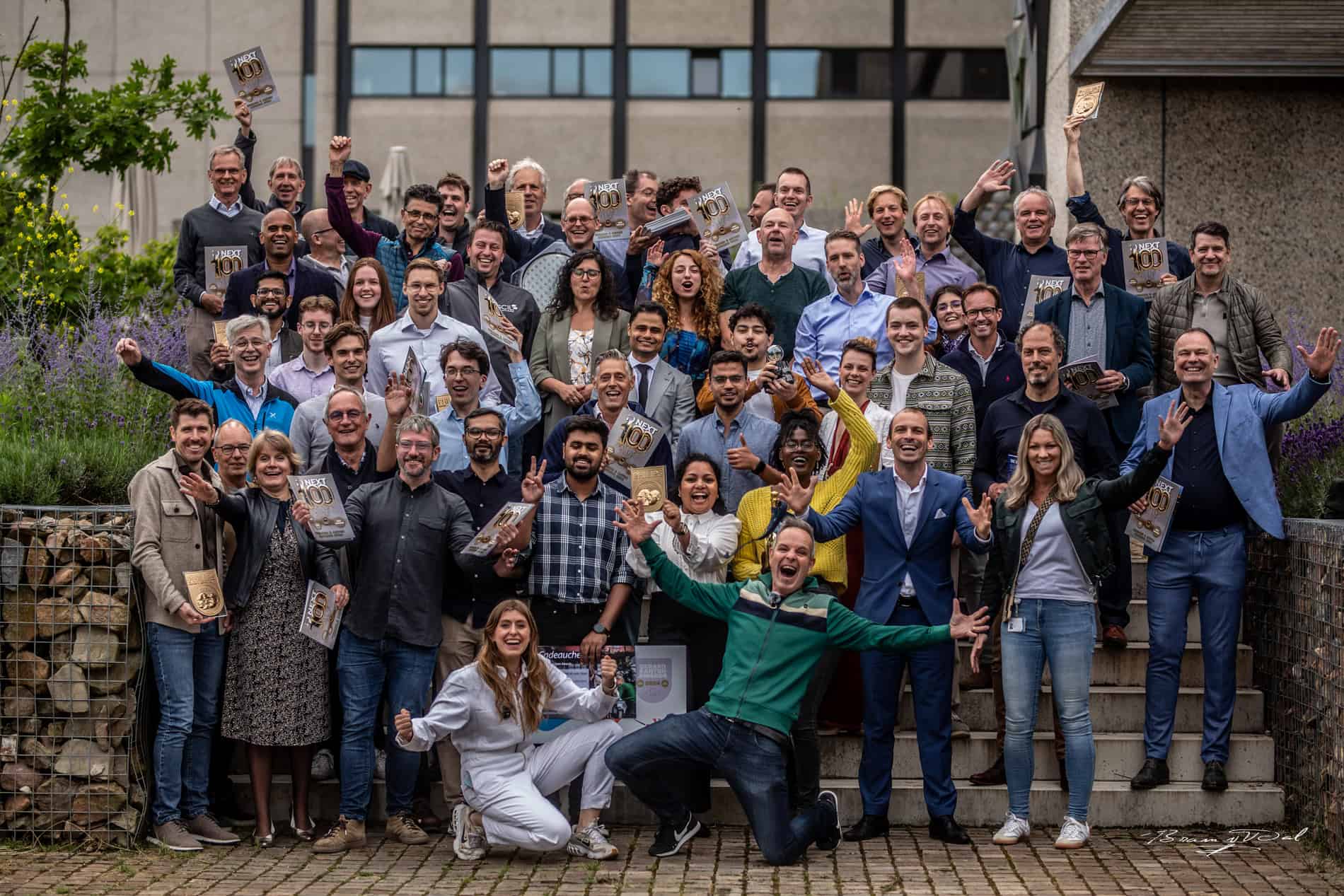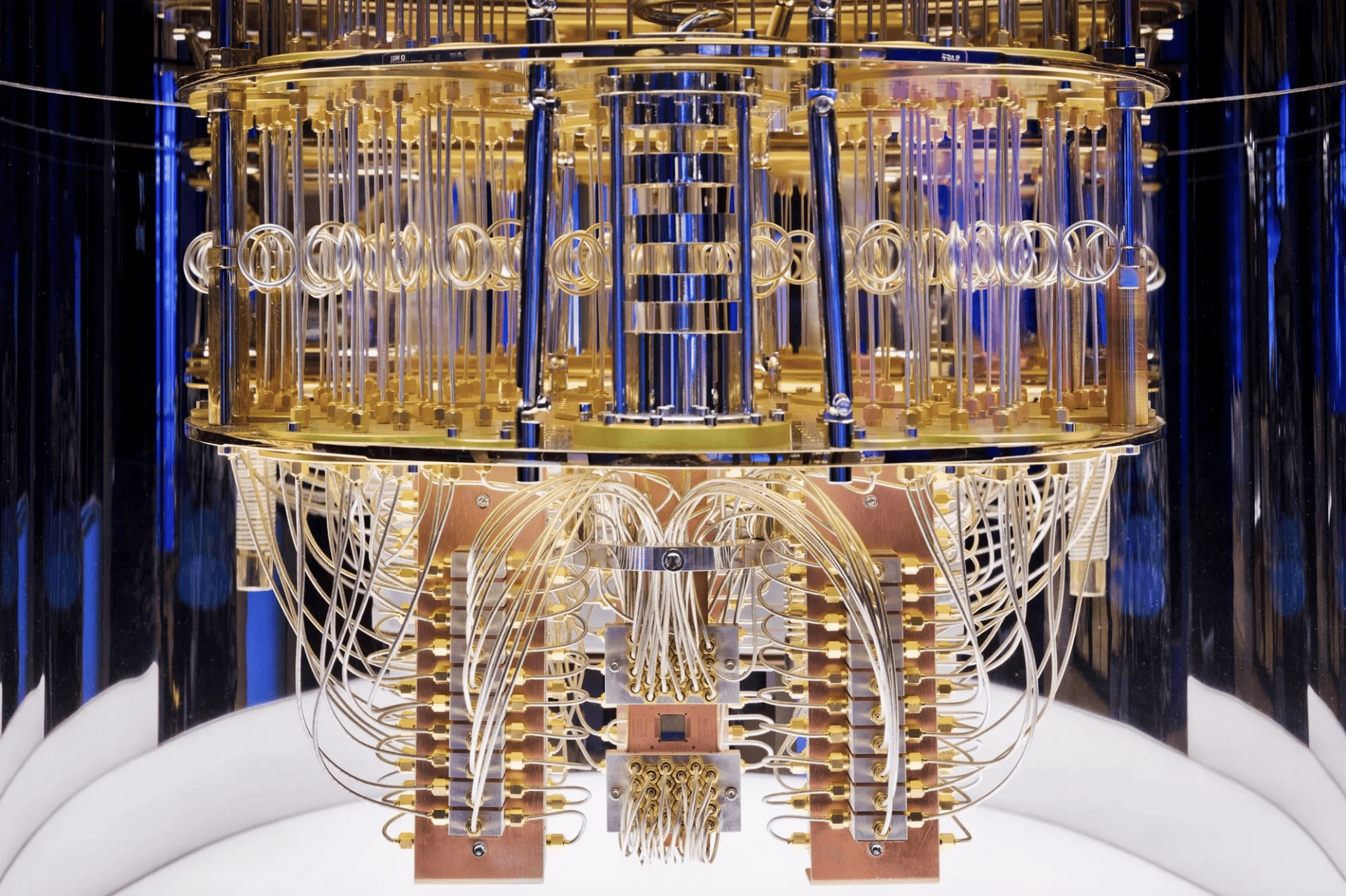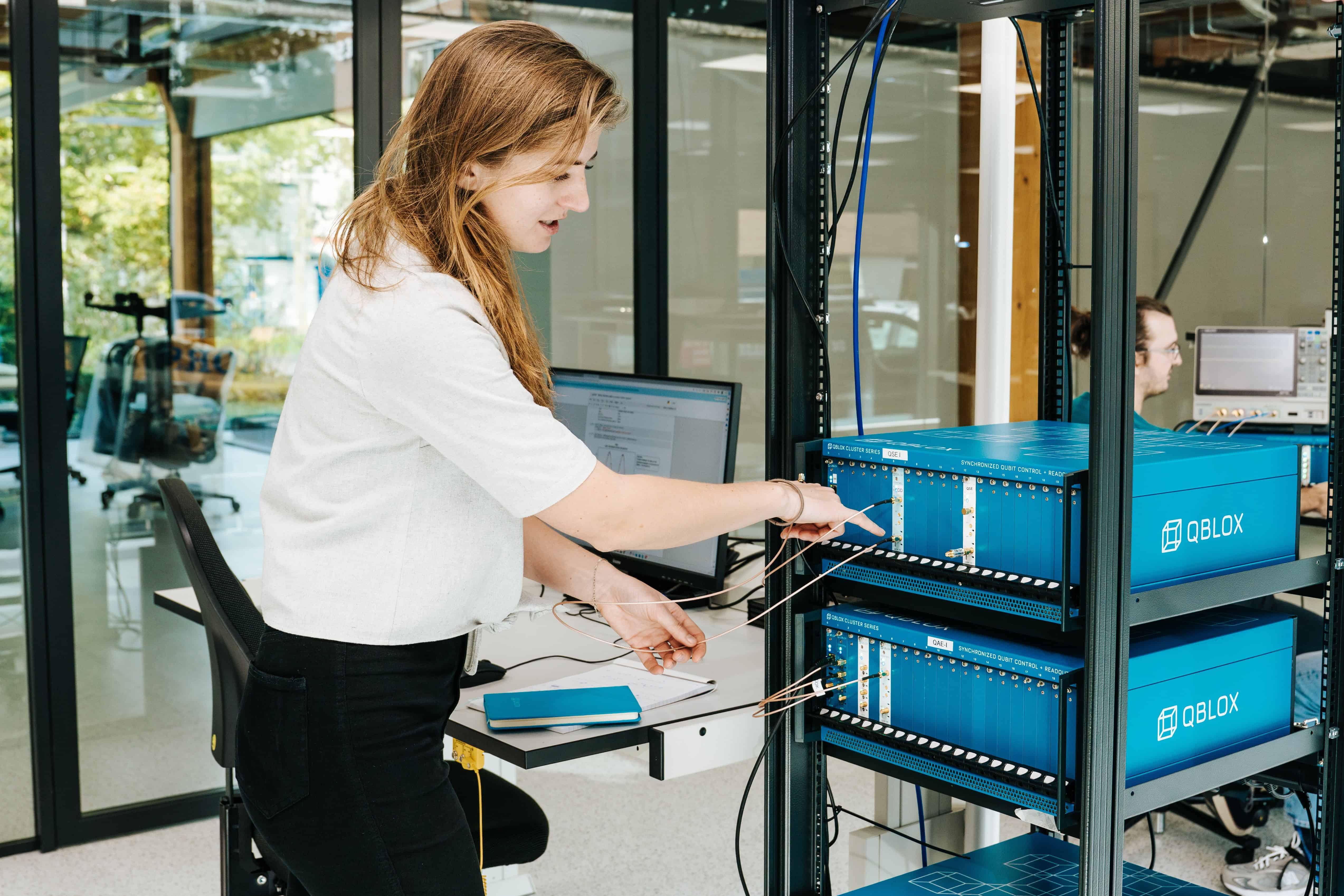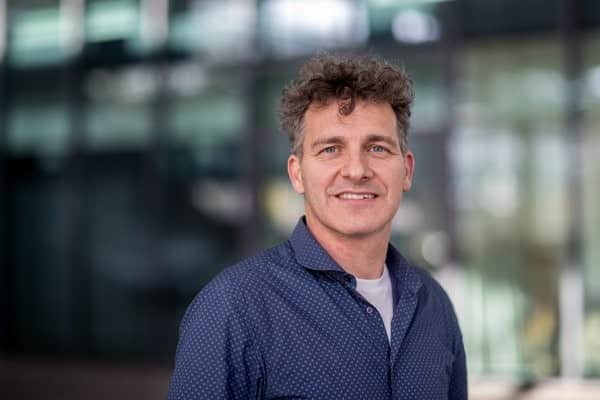
Erik Bakkers, Professor of Advanced Nanomaterials & Devices, focuses his research on a new nanomaterial and thereby hopes to conclusively demonstrate the teleportation of Majorana particles. This is an essential step in the construction of the Majorana quantum computer. Bakkers will receive an Advanced Grant of 2.5 million euros from the European Research Council(ERC) to carry out this research.
The award to Erik Bakkers builds on his highly successful ERC Consolidator Grant of 2013 that helped fund his presentation in 2017 of an advanced quantum chip with nano-hashtags and consequently in 2018 the long expected zero-bias peak, which has exactly the same peak as was predicted by the Majorana theory.
Bakkers: “These results are extremely important, but also showed us that the current combination of semiconductor (indium antimonide) and a superconductor (aluminium) is not ideal for the next step in Majorana research. “The transition between these two materials is not very sharp, because the aluminium reacts chemically with the indium antimonide. In addition, high magnetic fields are required to reach the required topological state, which is very difficult. The topology is intended to protect the Majorana particle so that it is much more stable than other quantum states.
Robust crystal lattice
Bakkers, therefore, wants to use the Advanced Grant to develop a new material combination: topological crystalline insulator nanowires of tin telluride coupled to the superconductor lead. This material occurs naturally in a topological state, which is formed by the symmetry of the crystal lattice. Because the crystal lattice of this material is very simple, the same as that of kitchen salt, everything is much more robust. Lead is also a stronger superconductor than aluminium and this combination should make it easier to find and manipulate Majorana conditions.
Bakkers begins the research, which he will carry out within the recently launched Center for Quantum Materials and Technology Eindhoven (QT/e), by growing high-quality tinelluride nanowires. For this growth process, he also wants to use a growth strategy that has never been used for these materials before, namely a high-vacuum technique (Molecular Beam Epitaxy) to produce extremely pure material.
Teleporting properties
“The results from the earlier ERC study already gave strong indications of the presence of Majorana particles. But in order to really demonstrate their presence, two things have to be proven: teleportation and interdependence. Using this Advanced Grant I want to prove teleportation,” says Bakkers. This requires an entangled pair of particles to appear on both sides of the nanowire and these states must be linked.
Bakkers: “For example, if I change the electric field on one side, the particle on the other side must simultaneously show the same change.” Quantum teleportation forms the basis of the qubit, the building block of the Majorana quantum computer. “That application is on the distant horizon,” says Bakkers.
Besides Erik Bakkers, Jaap den Toonder, professor of Microsystems, is also the recipient of an ERC Advanced Grant. Read more about his research here.
Source: TU Eindhoven



